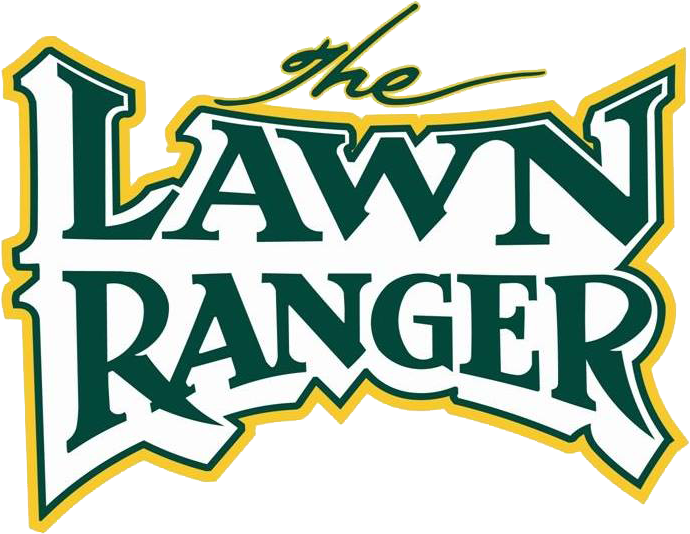Leaf spot is one of the most destructive turf diseases, and is active during spring, early summer, and fall, when moist conditions exist. Symptoms first appear as a rust-colored cast throughout the turf. The observer often confuses this condition with drought. Close inspection of the grass reveals small, conspicuous “leaf spots,” or lesions, outlined in purple-black on the leaf’s surface, stem, or crown. Lesions enlarge and merge on the infected plant as activity increases. If the disease is not controlled, the lesion girdles the leaf, causing it to turn yellow, and then completely brown. Advanced stages of the disease continue into the crown and eventually into the root system of the host plant, causing it to wilt and die, a condition which is know as “crown rot” or “fade out.”
Leaf spot may appear in several other forms. Occasionally, grass blades turn yellow, and the turf is infected with large chlorotic patches. This condition is often mistaken for a lack of nitrogen, or an iron deficiency. Inner parts of the crown and roots turn brown, and the infected area eventually dies.
During hot weather, the disease may affect the turf without any visible symptoms. Large, irregular patterns suddenly die, and the typical leaf spot lesion is completely absent. Kentucky bluegrass seems to be especially vulnerable to this disease, although many other grasses may be similarly affected.

